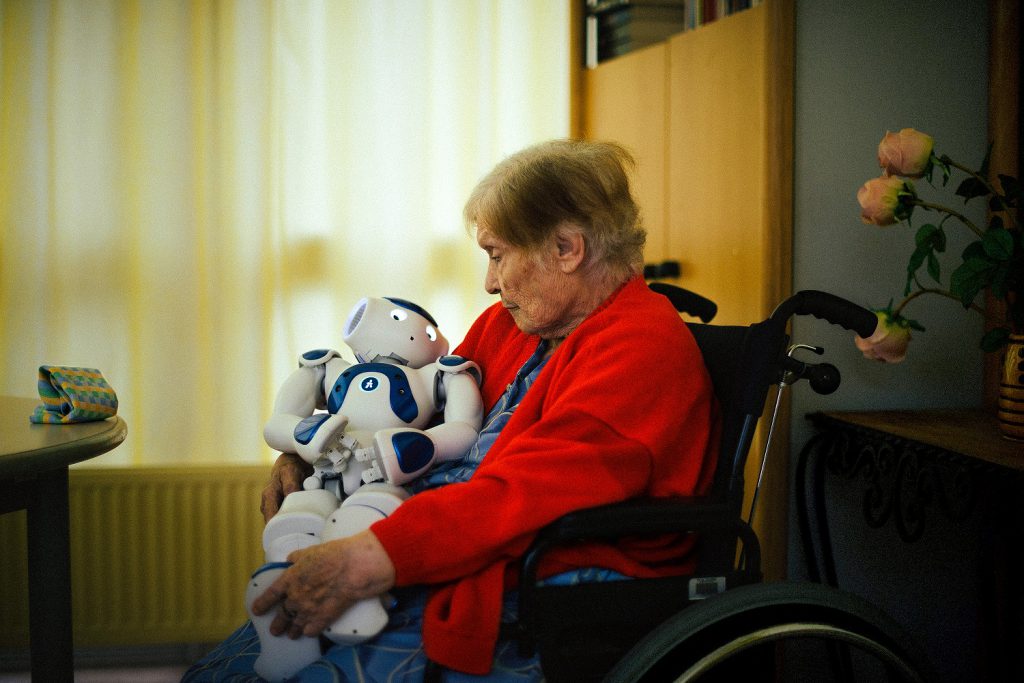I always say that technology is not for the sake of technology. It’s here to help people live a better and fulfilled life; even whey are suffering from chronic diseases. Lately, I came across many examples of how artificial intelligence is used by different healthcare institutions to make patients’ lives better. In my post, I will show you these scenarios, that I consider best practices.
Let’s start with a very quantifiable example: 200 versus 11 000 dollars in this case. The largest public hospital of Atlanta, Grady Health focused on readmission; they wanted to cut the percentage of people coming back to the hospital. They used Artificial Intelligence (AI) and patient data to deduce which recently discharged patients were at risk of coming back to them for something preventable. They started reaching out to those patients via in-person visits from their Mobile Integrated Health Unit, comprised of their EMS staff; they scheduled the appointments during downtime. Such a home visit costs 200 dollars, hospitalization bill after readmission can sum up to 11 000 dollars. The results are promising, in more than 300 cases patients avoided readmission.
MIT is developing a social robot, that that could help care for patient’s emotional well-being. They tested the robot with children, and the results are promising. The research team found that children who got the robot care were more verbal than their counterparts that got a digital avatar or a plush teddy bear. The more a child is engaged, the more a specialist can do for the child. While this robot was explicitly for a pediatric population, this type of social robot could be used to care for the increasingly large aging population.
There are plenty of examples to choose from in this field. I recently read in The New York Times that a nursing home caring for elderly with dementia and Alzheimer’s started a trial with a tiny robot, called Zora. The patient reacted very well to the small robot: many patients developed an emotional attachment, treating it like a baby, holding and cooing, giving it kisses on the head. Some of the nurses view the robot as an expensive toy, that keeps the patients busy.
However, Zora is much much more; the robot leads the daily exercises, talks to the elderly. Zora does not dispense medicine or feed the patients, as one nurse stated, these are such intimate moments, that no robot should perform these task. Nothing will ever replace the human touch, the human warmth the patients need.
Author: Zoltan Gelencser
